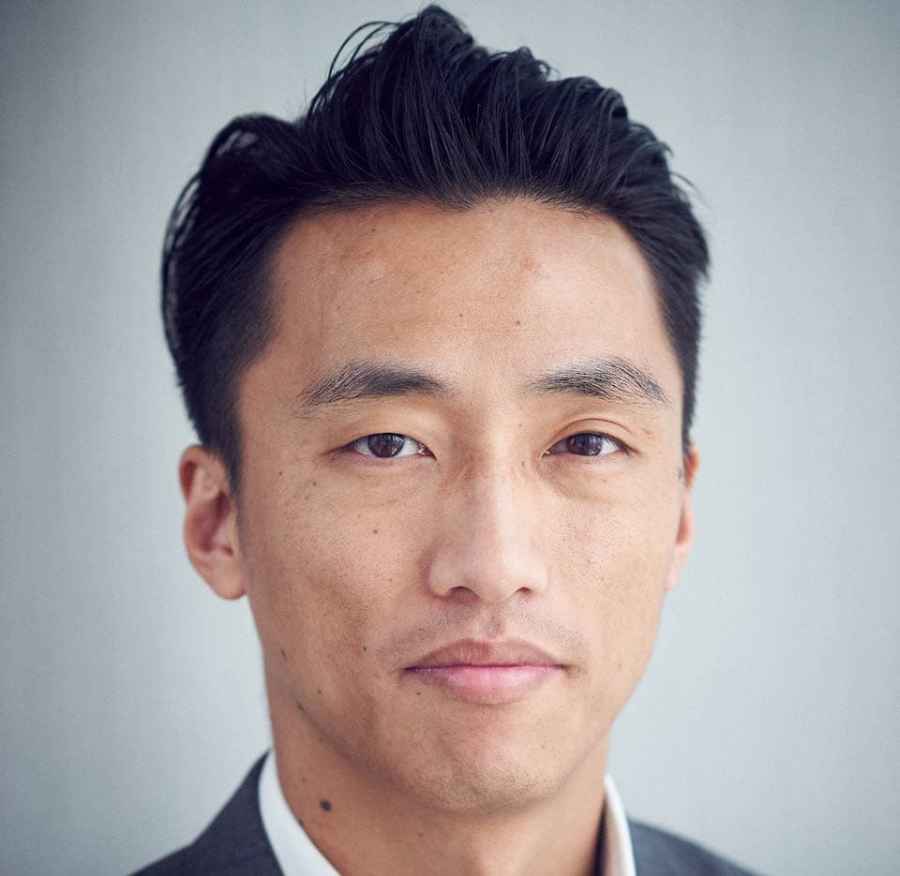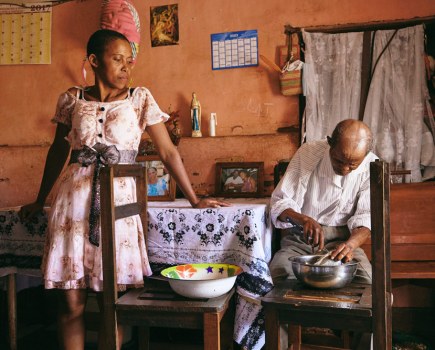
Huawei is often in the news at the moment, mainly because the government is reportedly reconsidering how much this Chinese company will be allowed to get involved in developing the UK’s 5G network. Meanwhile, the latest Huawei smartphones, which are widely applauded for their photographic capabilities, are unable to run Google Mobile Services or a lot of popular photography apps owing to an increasingly bitter trade war between the US and China. It shows no sign of cooling down, either.
In an exclusive interview, Anson Zhang (above) Managing Director of Huawei UK Consumer Business Group, talks to AP’s Geoff Harris about some of the challenges facing the company and the launch of its Next-Image smartphone photography competition.

Why did Huawei decide to run the Next-Image competition now, rather than at the beginning of the lockdown?
Our P40 Pro launch happened three days after the lockdown was announced in the UK, so it’s good that people have had time to get used to the phone and enter the competition. The competition gets bigger every year, and last year we had 52,000 entries.
It is interesting you got Steve McCurry as a judge, has he worked with you before?
Steve McCurry has worked with us before in the Next-Image competition. I am sure he has used Huawei phones, but am not sure what phone is in his hand right now! Anyway I am glad he is working with us.
Moving to wider issues, do you worry that some of the headlines surrounding Huawei’s involvement in the UK’s 5G network are affecting people’s perception of your smartphones in this country? It is a very competitive market.
We don’t care! Obviously, we do care how people perceive Huawei as we are running a consumer business and brand perception is quite important for business growth, but we have been very open and honest and transparent in our communications with the government, the media and the end users. That fact is, we utilise our technology to improve people’s lives and to benefit people. There is no evidence to show that our technology is being used to hurt any end user. Sooner or later people will realise that the rumours are not true.
Meanwhile, we happy to see the end users supporting Huawei. Everything is going fine right now. As well as growing our revenue, we are now number one for global shipments of smartphones. It is proof of how well our smartphones are being received. Also in April, I heard that Huawei became the world’s biggest smartphone manufacturer, which is great news.
How much of a problem has been the inability to run Google Mobile Services and some popular photo apps on your phones – is it putting off UK customers?
It’s true, unfortunately, that we can’t work together with Google because of the US ban. We have been introducing own Huawei mobile service device and apps, however, via the AppGallery, and have been very clear with end-users. The number of AppGallery users is growing, and there are around 400 million active users around the world. So it’s already the third biggest app store.
We also provide other amazing tools, such as PhoneClone, for transferring data between phones, and a very powerful search app. Then there are the great camera features, the 5g capability, longer battery and so on. More and more users joining our ecosystem, but it will take time for sure.

Can you give us an idea of how your camera technology might develop?
We will keep developing the camera features, particularly in terms of the AI. So it’s not just the hardware. New AI features on our phones include Golden Snap, for instance, which makes it easy to remove passers by and other distractions when you take a photograph of somebody. The AI features on Huawei phones will get better and better.
One of your biggest competitors, Xiaomi, is able to run Google apps. Are you worried about the increased competition from them?
Rather than worrying about the competition, we are more focussed on how we can deliver an even better experience to the end user. For our consumer business, it’s all about how we can continue to add value, that is why we have been doing well in the smartphone/photo market. The reason we were the first to bring out a 5G chip set, for example, or such rapid battery charging, is because of our R&D investment; we burn through a lot of money to create new technology. The return on R&D investment might take five or 10 years, but we think it’s worth it.
Last year, we invested more than $17 billion in R&D, amongst the biggest amount for any company in the world. Some 10% of our global revenue goes back into R&D. Also, we are very strong in the PC market, particularly in China, and in the market for wearable teach. If we are continuously delivering innovation, we don’t have to be afraid of our competitors.
Huawei UK’s website is here. The company has also teamed up with British designer and photographer Mike Kus to launch a photography masterclass to inspire amateur photographers. You can watch the full masterclass here.







